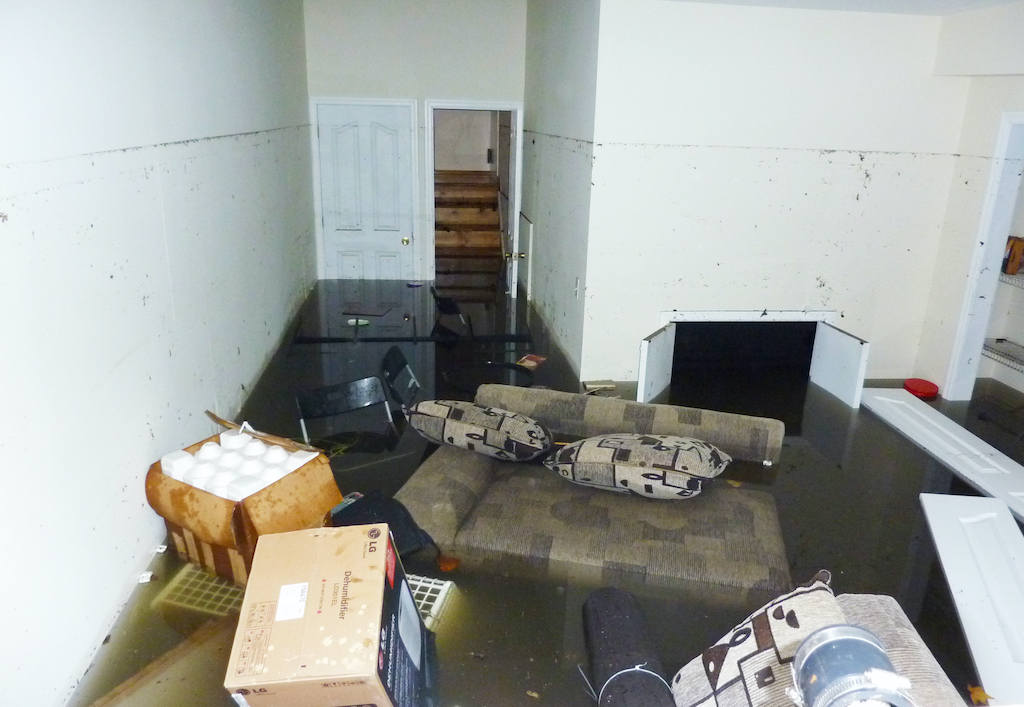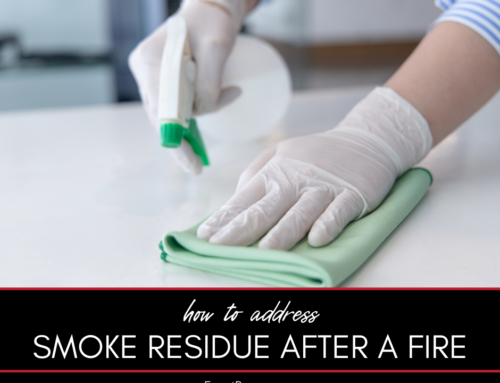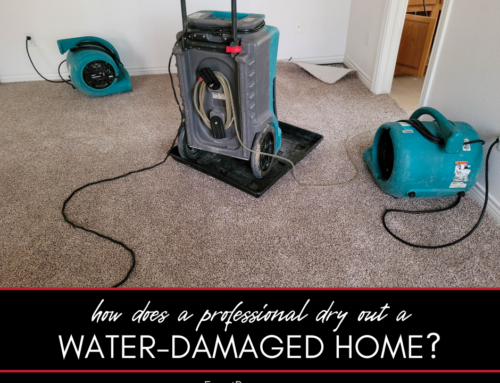A sump pump helps keep your basement from flooding by collecting and re-routing excess water away from your residence. A failed pump could result in extensive water damage to your home. So, should you invest in a secondary sump pump?
If Your Sump Pump Fails
The longevity of a sump pump depends upon three things: how often it’s used, the volume of water it has to displace, and its cycle runtime, which means how often it turns on and off—the more cycling the shorter the lifespan. If your sump pump has failed you may not even be aware of it until your basement floods after heavy rains or severe wet weather.
That’s why having two sump pumps instead of one can be key to helping ensure that your basement stays dry. A secondary pump can take over for the primary sump pump if it fails. The secondary can also supplement the efforts of the primary if it can’t keep pace with the volume of water entering the sump pump basin (which is usually located beneath the surface of your basement floor).
How Is a Secondary Sump Pump Installed?
When you have two sump pumps in your basement the equipment is usually installed in a configuration that’s referred to as a “piggyback.” With this design one sump pump is positioned on top of another. This ensures that the pumps don’t work in tandem—at the same time—but that the secondary pump (on top) only kicks in if the primary fails, or if the water level rises because the primary can’t keep up with the influx of water into the basin.
If both pumps were placed at the bottom of a basin, and not in a piggyback position, each would work at the same time—instead of only when needed—which would increase their cycling and reduce the useful life of each device.









